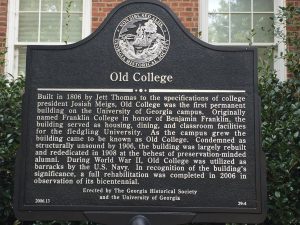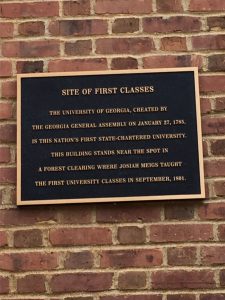For our project, we will be focusing on domestic life of Americans during WWI and WWII. We will not put a whole lot of focus on to specific conflicts or battles, but rather use our findings to illustrate what life was like domestically for German- Americans (racial treatment in both wars), the Japanese- Americans (post Pearl Harbor treatment, internment), the men who were recruited to fight, the women who worked as nurses or engineers, and everyone else who kept America running. General themes will include racial tensions and social distrust, Athens- Clarke County’s role, UGA student and faculty involvement then, and commemoration efforts.
Working title:
American Homefront Response to the World Wars
Each of us will be researching specific parts, but with a few subjects that are in common. We will cast a wide net for preliminary research, and then fine- tune our results into a cohesive, multi- faceted narrative for the public:
Our search terms:
Matthew:
Preflight Naval School, Athens GA
UGA involvement in both wars
Daniel:
Internment Camps for Japanese and Germans (WWII Oglethorpe// Tybee Island Internment Camps// Arizona camps)
[Mention of Pearl Harbor to frame internment and tension]
Dylan:
Recruitment posters for both wars (Who was target? What demographics?)
Memorial Hall (WWI)
Memorial celebrations and anniversaries (Newspaper Archives// Erika Doss’s Memorial Mania)
Faith:
Other Memorials in Athens// Blue Star Memorial
Racial tension// Changing German- sounding surnames after WWI
Dobbins ARB (Rickenbacker Field)// Lockheed// Possible local Athens bases and factories
All of us:
Social responses of UGA students
UGA students involved as nurses, workers, and in the armed services (demographics)
War bonds// War Bonds advertisements (WWI specifically)


